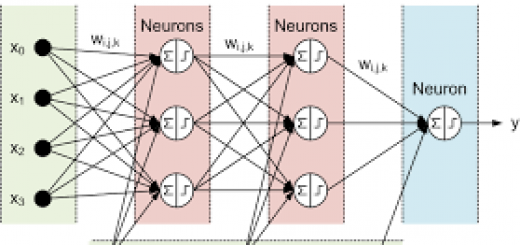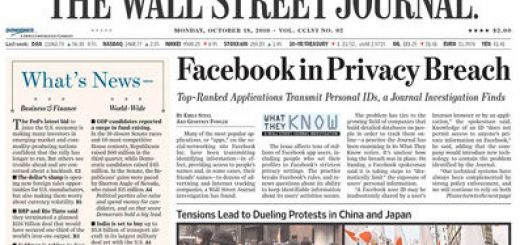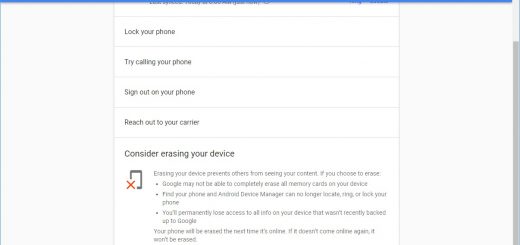The IoT (Internet of Things) in Banking
The IoT (Internet of Things) in Banking
The term Internet of Things or widely known as the IoT has been introduced and mentioned so many times in different medias across the globe for the last couple of years. It was first presented by the Massachusets Institute of Technology and up to this day the vision has really come to light. Yet, some of us may not yet understand the concept or objective of the term itself.
The easiest explanation to describe the main concept of IoT is actually the ability to connect all things, that include devices, systems, and services that goes so they would operate together, sharing data, information and services enabling the automation in any fields for human being. Another way to describe IoT is the condition in which all electronic devices are connected to each other and they are accessible through the Internet. This is the same as saying that we can control our washing machine or refrigerator at home using our smart phone or smart watch.

Image taken from: http://blog.surveyanalytics.com/
The IoT concept itself is anything but new since it has been discussed since 1982 at the Carnegie Melon University, which was known as the concept of network of smart devices. Nevertheless, the realization of the concept was first took place in the year 1999 along with the growth of Internet. As Gartner predicts that by the year 2020 there will be nearly 26 billion devices connected to each other, the IoT concept now starting to take it’s real shape instead of just being a dream.
Consumer is actually the core of the IoT revolution. As we know, the Internet and technology have become part of today society daily life style and activities. People love to get engage using various types of channel and also share their thoughts through social media. These people who to many industries are customers expect prompt service and responses to their queries and complaints, and when they don’t get it they turn to the crowd for recommendations. Along with the increase of these activities, data that will be available from the Internet will definitely grow significantly. Accordingly, consumer expectation for high quality services from the businesses they choose would drastically boosting.
Banks already have an privileged amount of data on customers and when we layer on top the additional information the IoT will give, banks should be able to analyze and use that to anticipate its customers’ needs and, unprompted, deliver relevant solutions, services, advice and insights.
Mark Dangerfield oversees the implementation of a lot of Westpac New Zealand’s digital innovations and he sees possibilities for both consumers and businesses and the way they connect with their bank. “Through IoT, we’re no longer constrained to just the tasks of banking, we can now consider all aspects of our customer’s lives and develop solutions that can help them,” he said.
In an enlightening paper, management specialist Accenture forecasts this example as the new reality in less than five years:
Yumi Sato needed to take her car to the mechanic. Her car flashed an alert on its dashboard while she was on her way home from work. She wondered how she’d pay for the expensive motor repairs.
Arriving home, Yumi pulled out her phone and opened her bank app. At a glance, she could see the budget would be tight. Her bank continuously pulled data from her smart fridge, electric meter, water tank and other appliances, her smartphone’s digital wallet — and even her car — to provide a real-time snapshot of her spending, saving and budget activity.
As she looked over the figures, an alert from her bank popped up on-screen. The bank knew her car needed repairs — and here it was with two mechanics’ quotes and available appointment times. As though reading her mind, the bank also provided Yumi with suggestions on how to finance the repair: she could find the funds by reducing her vacation savings for six months, or raise her credit card limit by the amount of the repair. The bank had factored in the latest reduction in her auto insurance, based on the car’s recent data about her driving habits.
Yumi decided she could stay a bit closer to home for this year’s vacation, checked her calendar and booked the repair. Instantly, the screen updated her vacation fund goal.
Recent findings in the United States by the reputable Pew Research Centre also show that many believe the IoT will transform our lives within a decade aided by wearable technology monitoring our activity and health.
Image taken from: http://www.westpac.co.nz/rednews/digital/the-internet-of-things-banking/
For banks in particular, wearable technology is seen as providing an immediate opportunity. Wearables could allow new forms of security and authentication (fingerprints, heart beats, DNA) while it also has potential for messaging. Alerting someone of an account being compromised or seeking confirmation of a large withdrawal is bound to get picked up a lot quicker by a customer through a vibration on a wrist device then waiting for someone to respond to a text or email.
In conclusion, the IoT is happening, and when we relate it to the banking industry it is definitely proceeding as well. However, the million dollars question is: are our local banks ready to adopt and make use of the technology and compete with overseas banks in the 2015 AEC era?
Source:
http://www.theinternetofthings.eu/
http://www.westpac.co.nz/rednews/digital/the-internet-of-things-banking/
http://www.tekritisoftware.com/internet-of-things
About Harya Damar Widiputra





